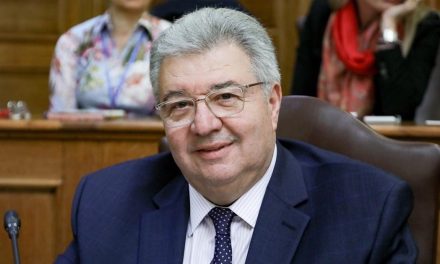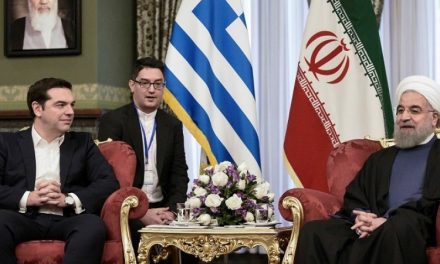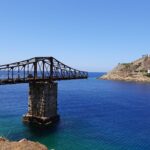The decarbonization of the small islands that have not been already included in the program to interconnect the country’s islands to the mainland electrical system – operated by the Independent Power Transmission Operator (ADMIE), will move forward using hybrid systems (wind and photovoltaic stations combined with batteries) along with a series of “green initiatives.” The “greening” of the 40 non-interconnected islands will contribute to the goal of the National Energy and Climate Plan (NECP) to reduce the share of liquid fuels in the electricity generation mix.
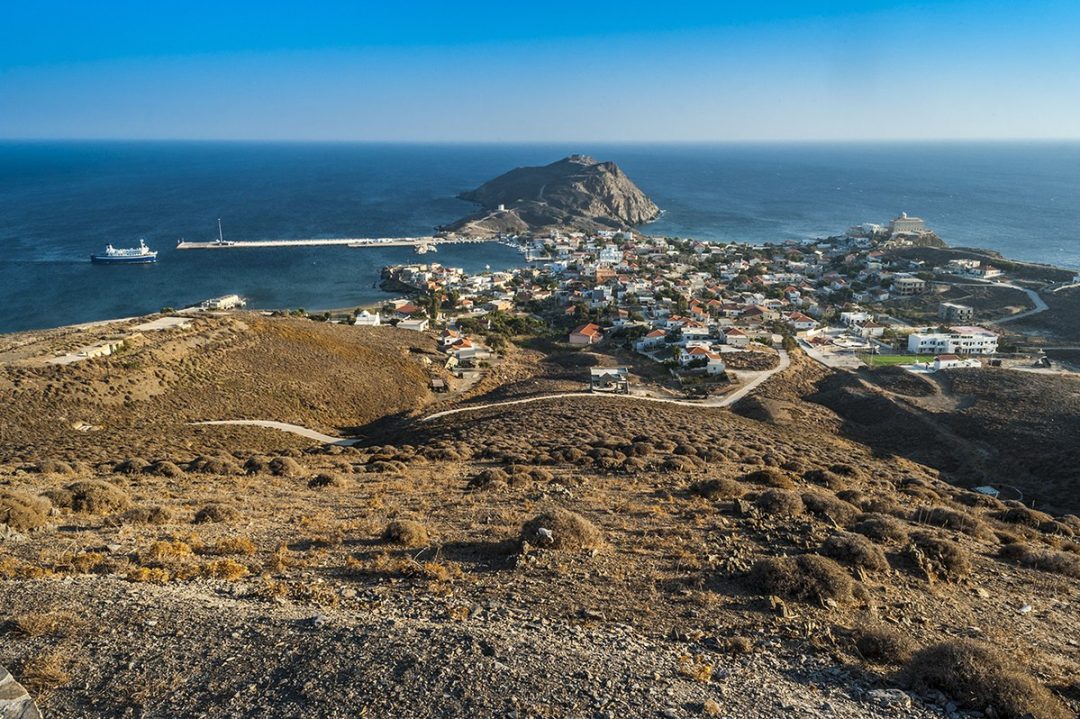
In the context of the latest revision of the EU Emissions Trading System (ETS) Directive, adopted in 2018, Greece achieved a special arrangement, securing free CO2 emission allowances for the decarbonization of the islands, which it must use until 2030. In light of this, the Ministry of Environment and Energy has launched the Island Decarbonization Fund, which will collect the funds from the auctions of these unused pollutant allowances, are estimated to range between €1.8 billion and €2 billion. In fact, with a leverage of 50%, it is estimated that around 4 billion euros will be directed to projects and actions for the decarbonization of the islands’ economy. Another fund, in the order of 450 million euros, is intended for the acceleration of interconnection of the islands that is implemented by the Independent Power Transmission Operator (IPTO-ADMIE).
Part of the funds of the Decarbonization Fund will be used to finance electrical interconnection projects of the islands in order to speed up the implementation of the ADMIE’s planning, but also in energy saving projects., such as hybrid systems that will replace oil PPC units, prioritization of electric transport, renewal of the marine fleet with low-pollution technologies, energy efficiency and circular economy projects, sustainable waste and water management, green transformation of agriculture and tourism, etc.
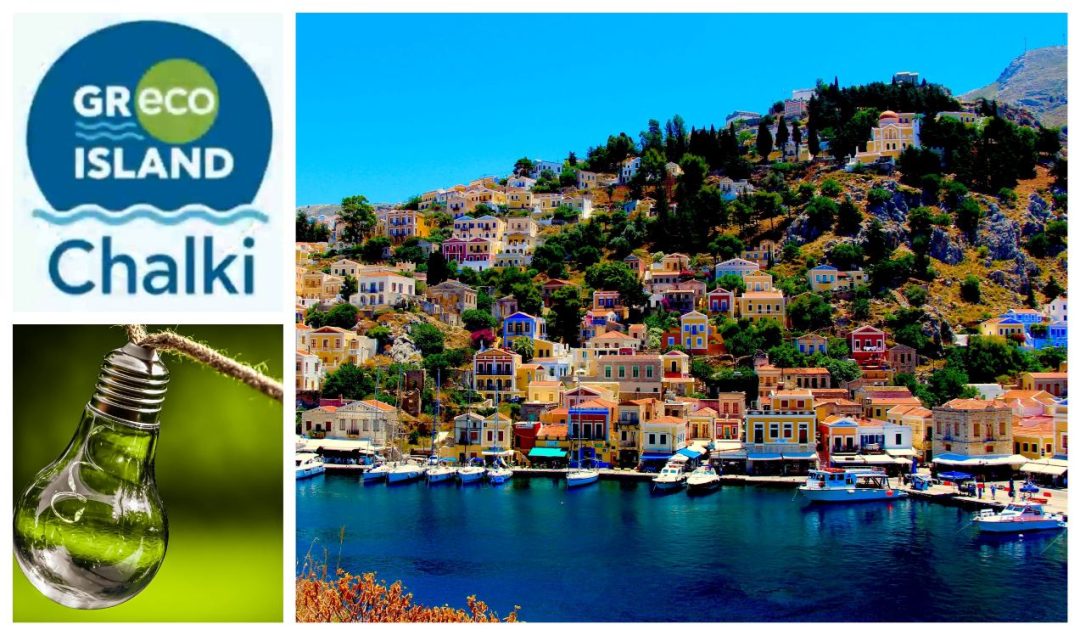
GR-eco Islands, another government initiative set in motion in 2021, with the aim provide the islands with renewable energy sources and advance projects for green economy, energy autonomy and sustainable mobility, will also play a key role in the decarbonization of Greek islands. The actions of the “GR-eco Islands” initiative which will include the financing of waste management projects, water and energy production through energy communities, etc. will be financed by a 100 million euro fund secured by the NSRF 2021-2027, but in the second year the Decarbonization Fund will also participate in funding, alongside the private sector.
The initiative has already been kicked off in the islands of Tilos, Agios Efstratios, Astypalaia and Halki, and will be extended to 36 more small islands: Symi, Agathonisi, Megisti, Arkioi, Marathi, Kasos, Pserimos, Gyali, Lipsi, Telendos, Nisyros, Megalonisi, Onousses, Psara, Fourni, Thymaina, Amorgos, Anafi, Donoussa, Heraklia, Antiparos, Schinoussa, Ios, Sikinos, Koufonisi, Folegandros, Thirasia, Kythnos, Kimolos, Serifos, Sifnos, Kea, Antikythira, Gavdos, Ereikoussa and Othoni. The initiative is moving forwards, and priority is given to the small islands of the Aegean, where polluting energy production units operate and which meet the criterion of double insularity – i.e. access to them is not direct through the mainland, but only through another island.
As for the actions that can be supported with the Fund’s resources, they first of all concern the change of energy model on non-interconnected islands. The electrification of road and sea transport is also a priority; as far the islands’ connection to the mainland is concerned, priority is given to the development of new and the modernization of existing port infrastructures as well as to the modernization of the boat fleet that services intra-island routes.
Resources from the Decarbonization Fund will also be allocated to support of the “Saving Energy” (Exoikonomo) and “Moving Electric” (Kinoumai Ilektrika) existing programs, as they become adapted to the needs of the islands. Households, as well as tourism and hospitality units will be able to participate in the energy saving actions. As far as electric mobility is concerned, the replacement of conventional vehicles with electric ones will be subsidized, focusing on the rental cars fleet in the tourist island areas, as well as in the installation of battery chargers.
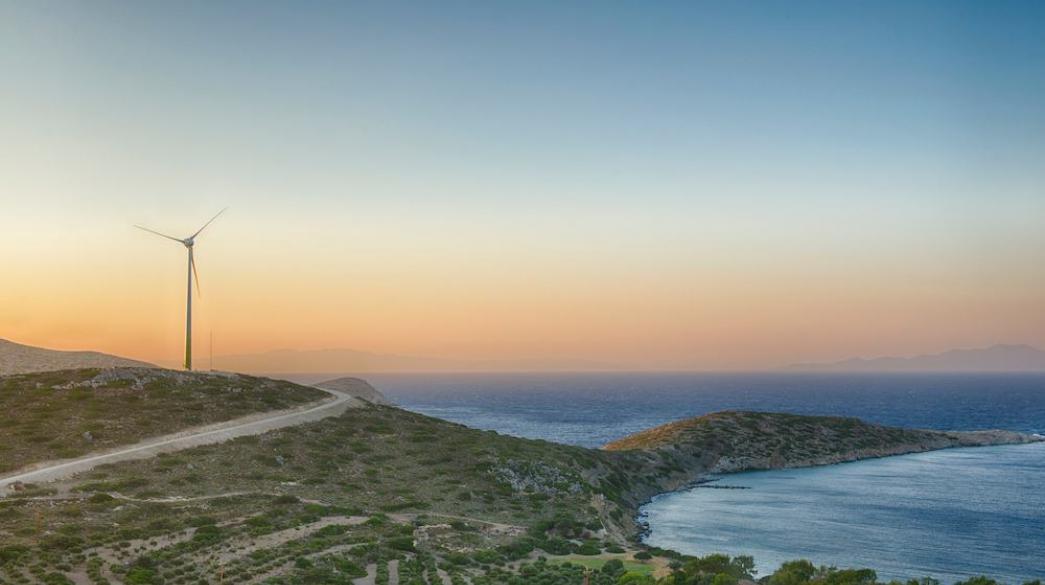
As far as the installation of hybrid systems is concerned, based on the revised NECP plan, Hybrid power generation systems will be promoted on those islands that remain non-interconnected, i.e. units that combine Renewable Energy Sources (RES) and energy storage, while RES projects will be supported on those that are interconnected. 240 MW of power are planned to go “green” by year 2026, of which 120 MW will be from the non-interconnected islands of Megistis, Antikythera, Gavdos, of Erekoussa and Othoni, and the other 120 MW of from hybrid power plants to be installed in Crete. These hybrid stations will use pumped storage systems with accumulators for storing energy from wind turbines or from photovoltaic panels.
The decarbonization of the islands is at the heart of the investment interest of Greek and foreign companies. Among the investors are the German company Accusol, which cooperates with Siemens and has secured licenses for the installation of hybrid units on 9 Greek islands, the pioneer in hybrid technologies Siemens – Gamesa, Eunice, which promotes projects similar to the one operating in Tilos and in other islands, as well as the French company Akuo which participates in the Halki project.
I.L. with information from Kathimerini and Oikonomikos Taxydromos
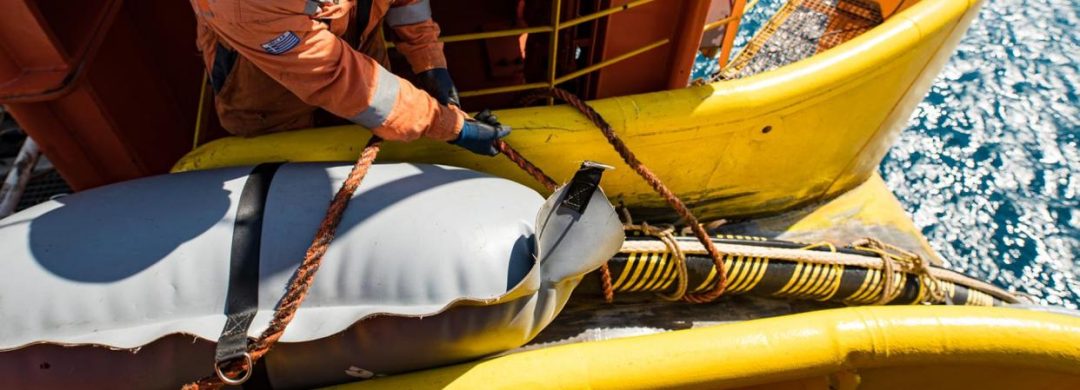
Interconnection the islands to the electric grid of the mainland | Photo: Independent Power Transmission Operator (IPTO-ADMIE)
TAGS: ENERGY | ENVIRONMENT | GREEN POLICIES | INSULARITY

